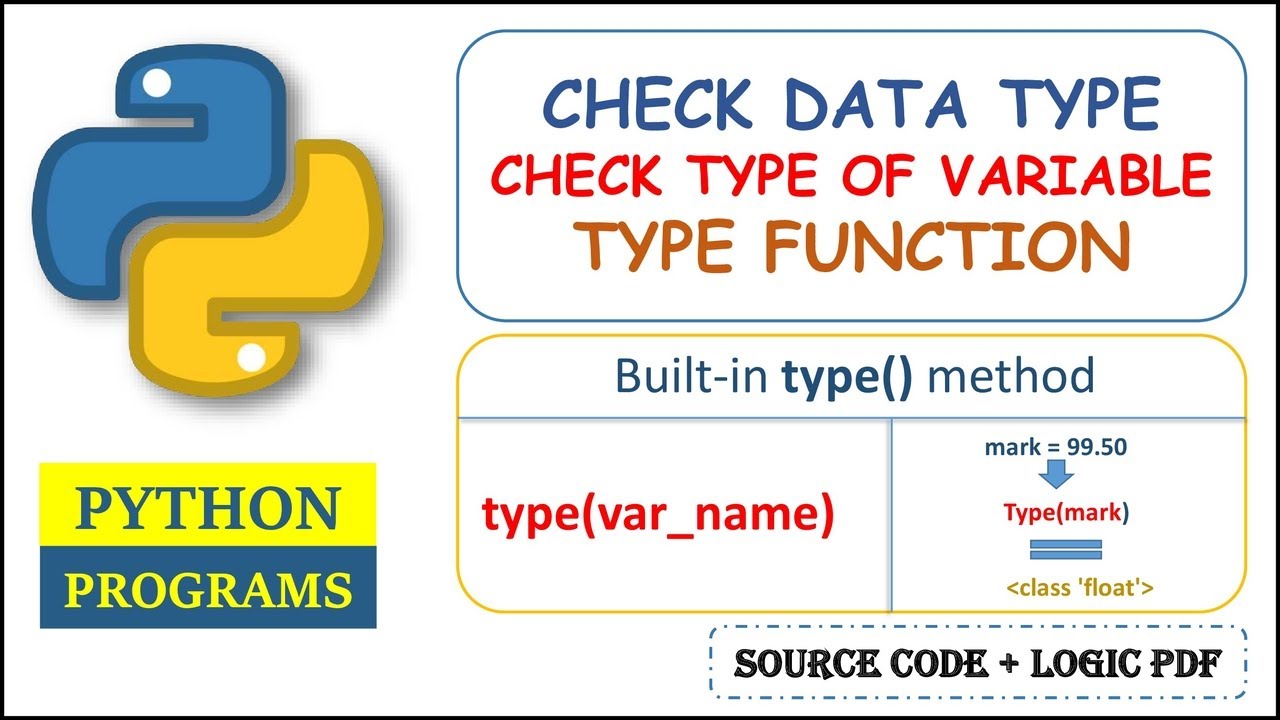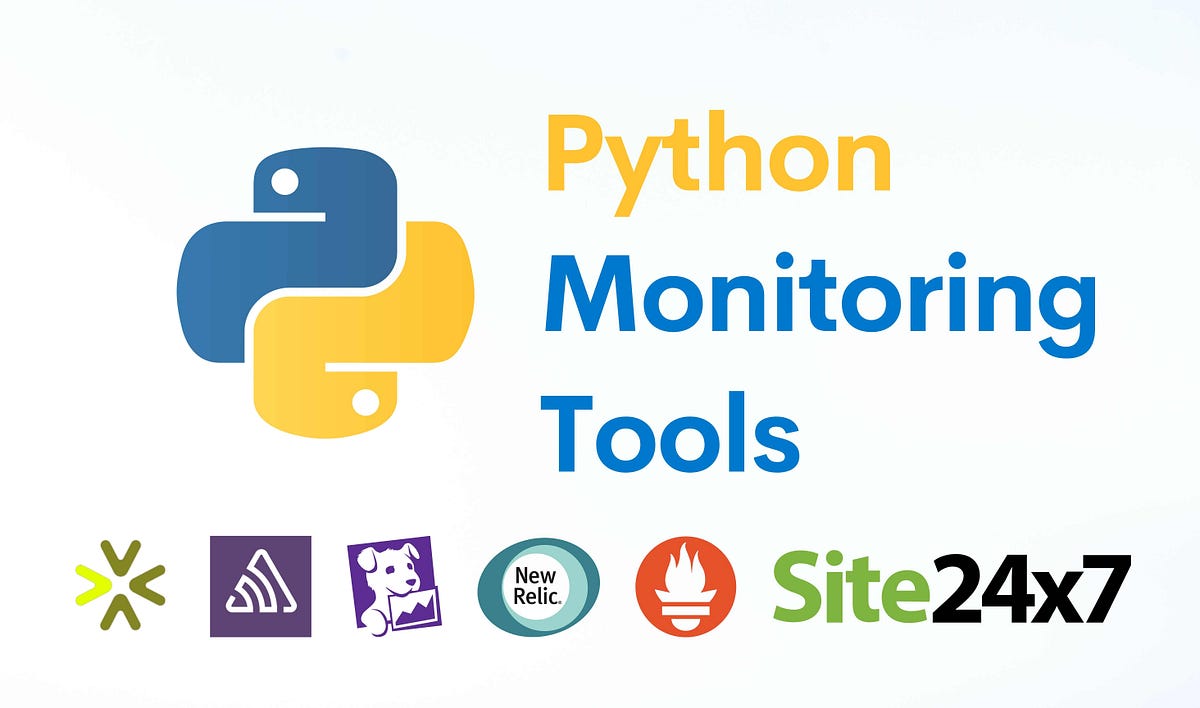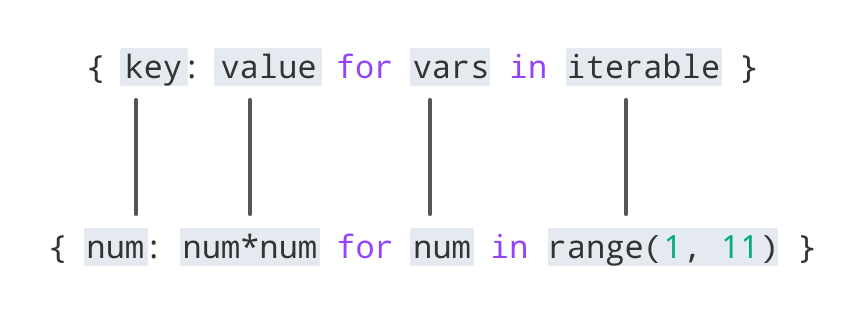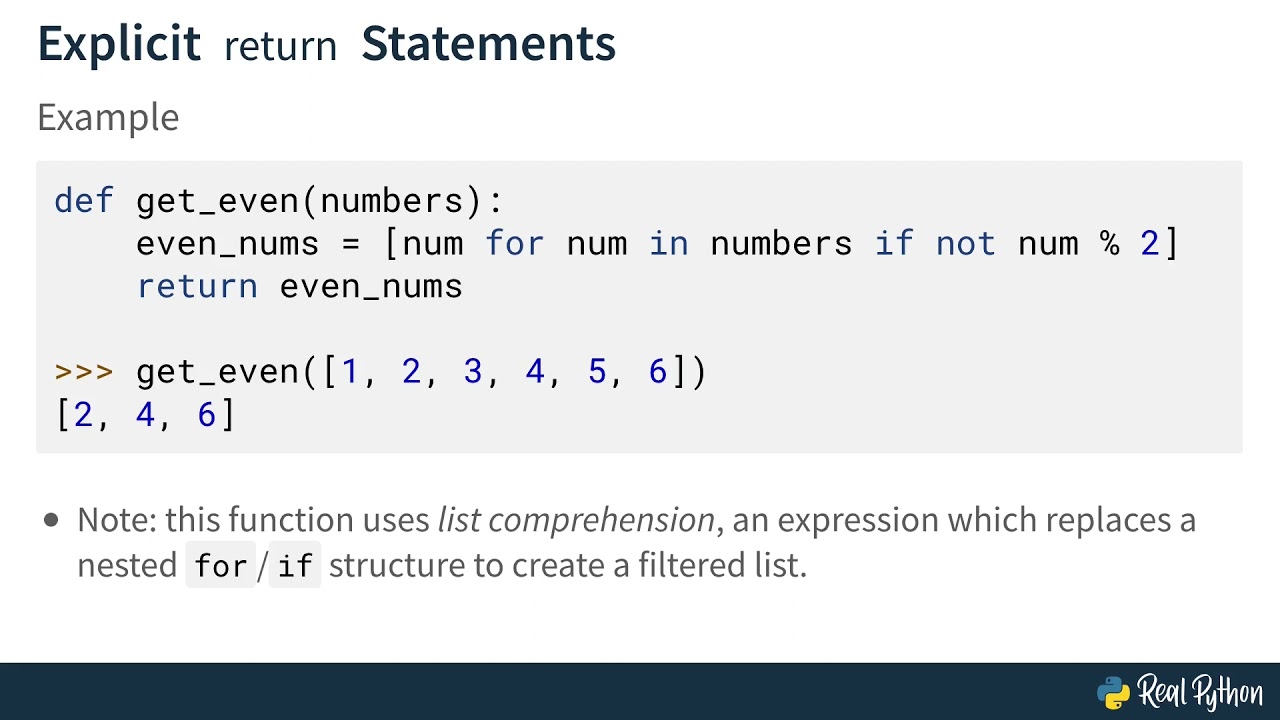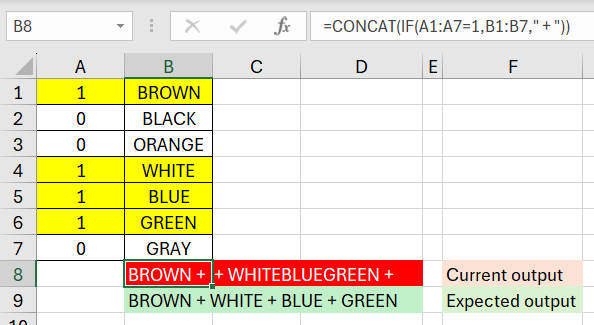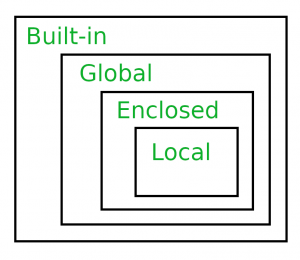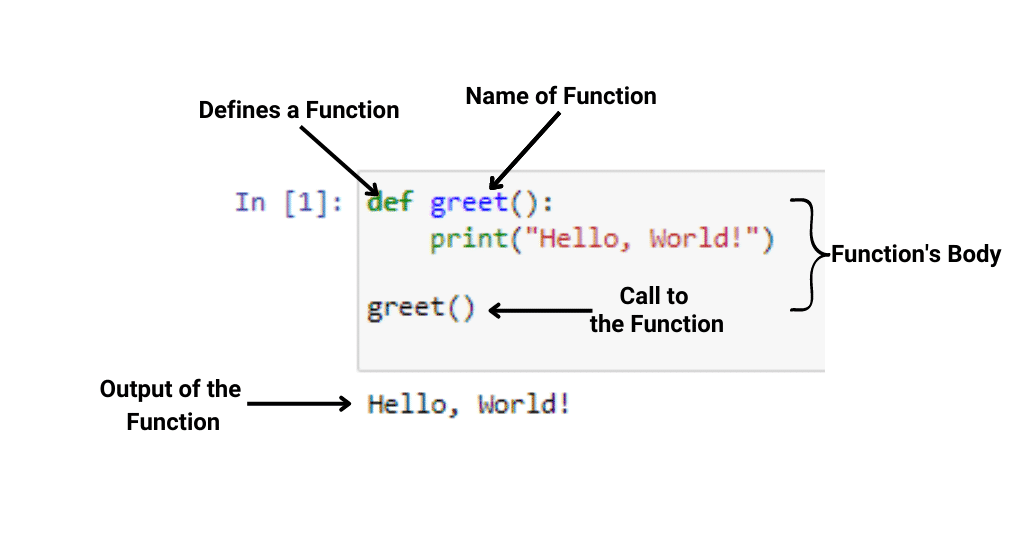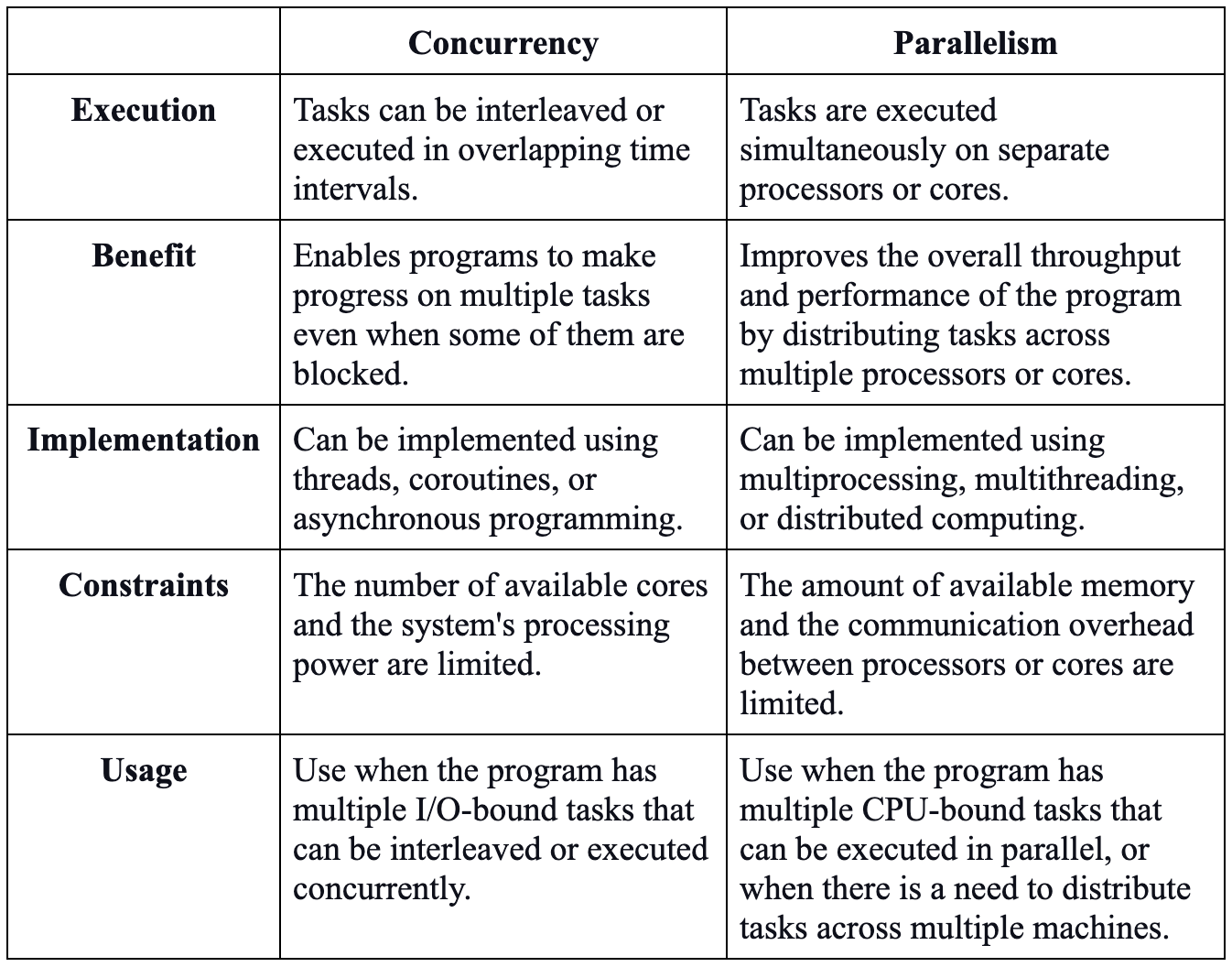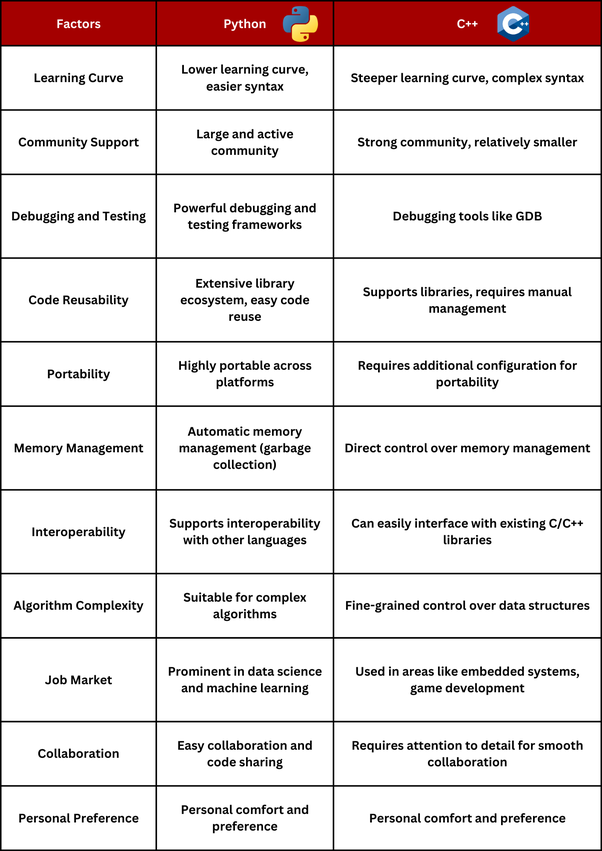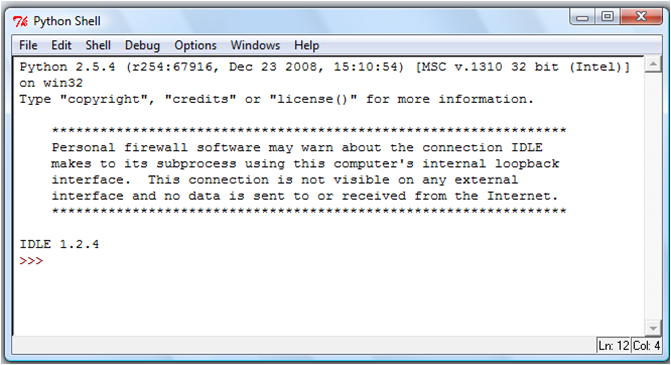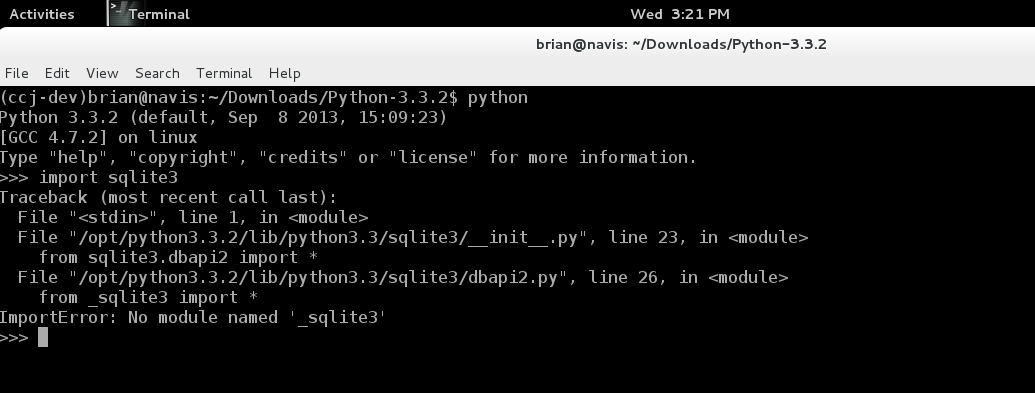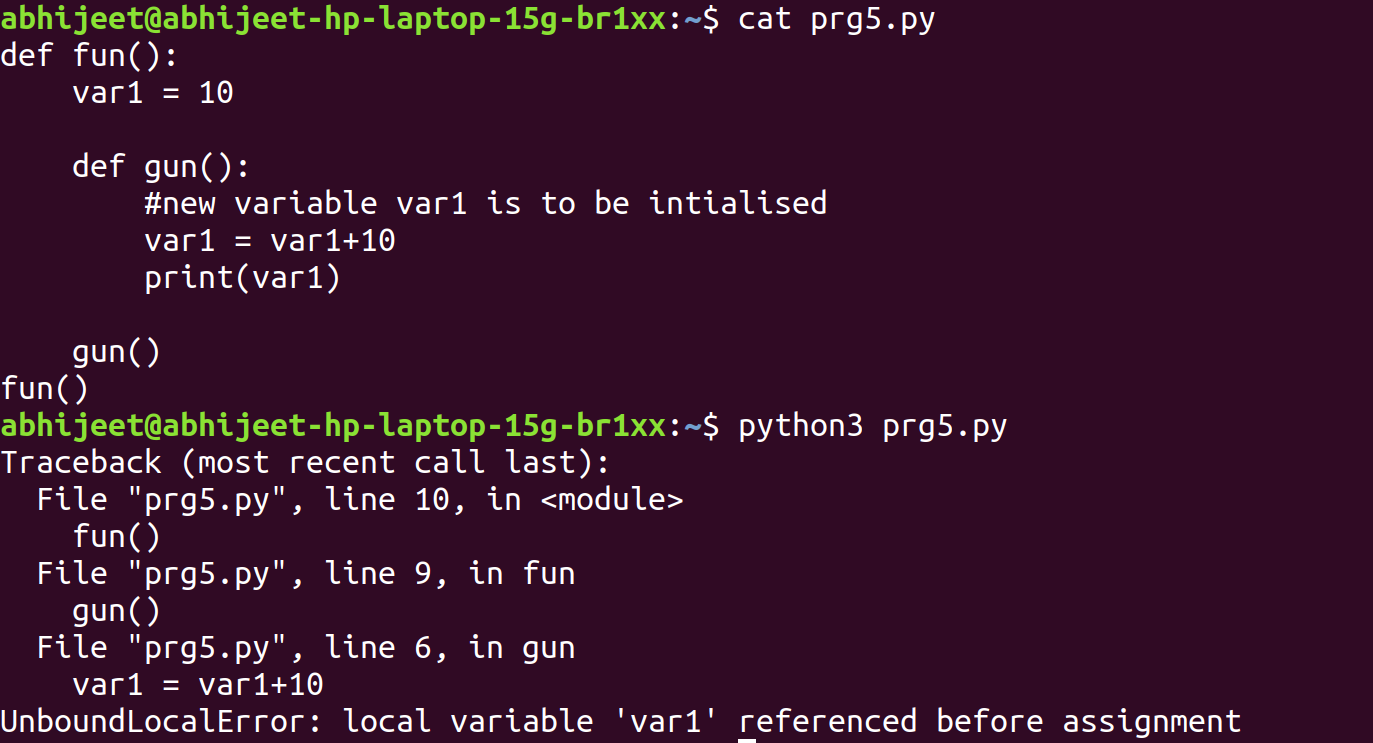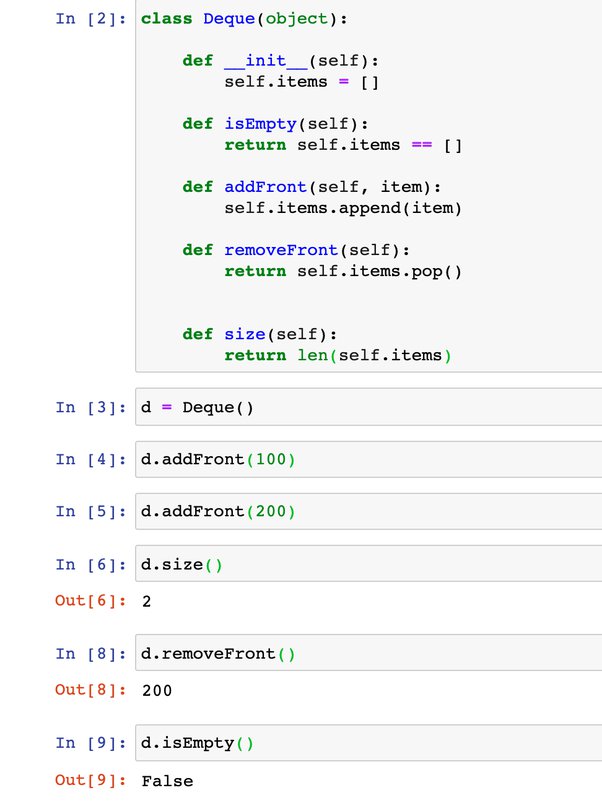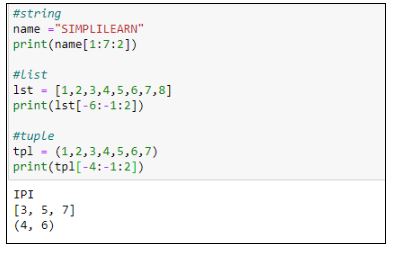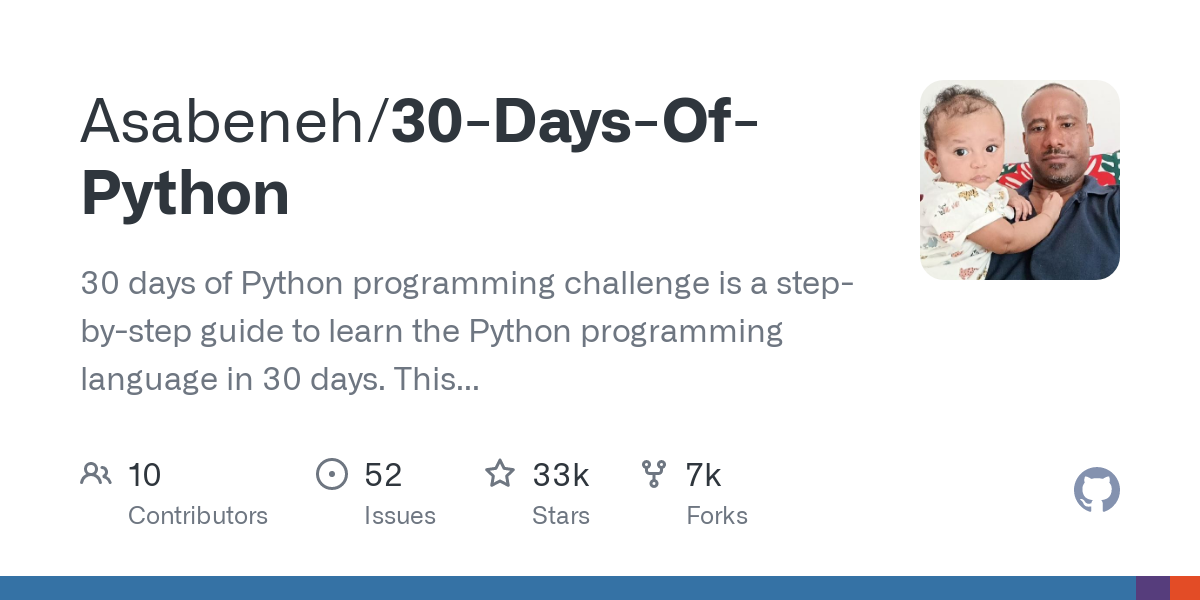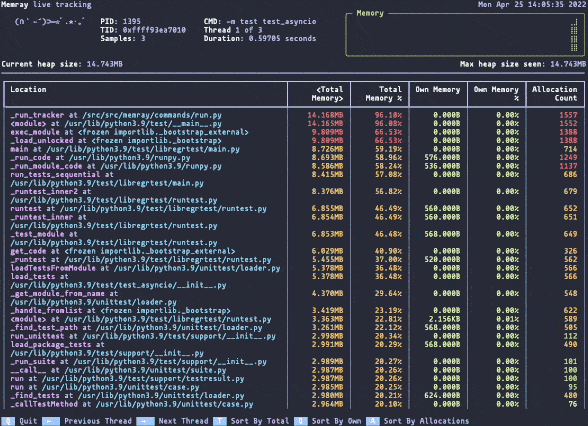Python flask restful tutorial
Python flask restful tutorial
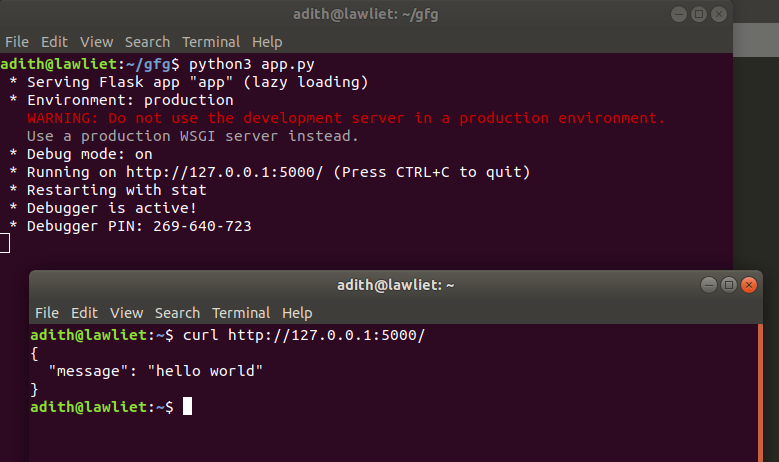
Here's a step-by-step guide to building a RESTful API using Flask in Python:
Step 1: Set up the project
To start, create a new directory for your project and navigate into it:
mkdir myrestapicd myrestapi
Next, install Flask by running pip install flask in your terminal.
Step 2: Create the app
Create a new file called app.py in your project directory, and add the following code to it:
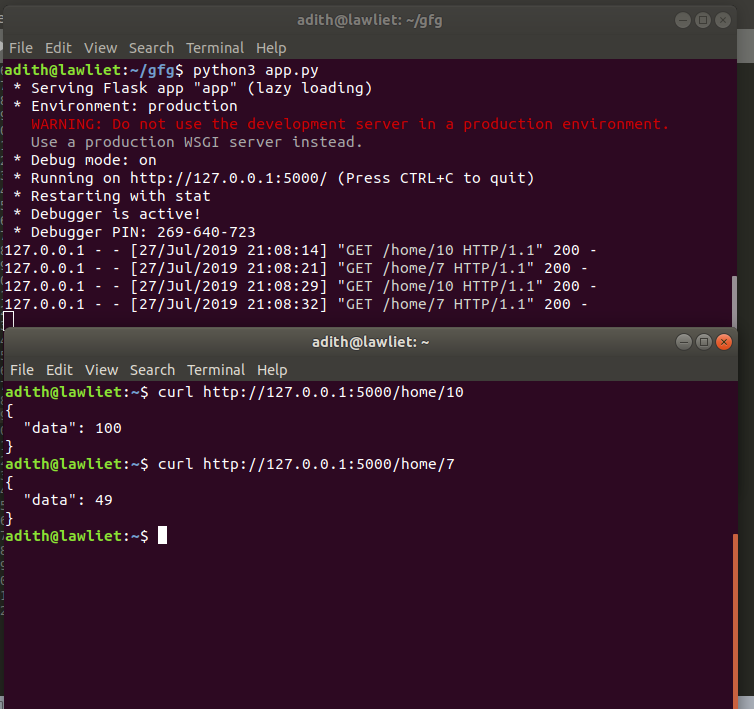
from flask import Flask, request, jsonifyapp = Flask(name)
@app.route('/')
def home():
return {'message': 'Welcome to my RESTful API!'}, 200
if name == 'main':
app.run(debug=True)
In this example, we're creating a simple API with one endpoint (/) that returns a JSON response. The @app.route decorator is used to map URLs to functions in Flask.
Step 3: Define the data model
For this tutorial, let's assume we have a simple data model called User:
class User:def init(self, id, name, email):
self.id = id
self.name = name
self.email = email
users = [
User(1, 'John Doe', '[email protected]'),
User(2, 'Jane Smith', '[email protected]')
]
Step 4: Create API endpoints
Create the following routes to handle GET, POST, PUT and DELETE requests:
@app.route('/users', methods=['GET'])def get_users():
return jsonify([user.dict for user in users])
@app.route('/users/int:user_id', methods=['GET'])
def get_user(user_id):
for user in users:
if user.id == user_id:
return jsonify(user.dict)
return jsonify({'message': 'User not found'}), 404
@app.route('/users', methods=['POST'])
def create_user():
data = request.get_json()
new_user = User(len(users) + 1, data['name'], data['email'])
users.append(new_user)
return '', 201, {'Location': f'/users/{new_user.id}'}
@app.route('/users/int:user_id', methods=['PUT'])
def update_user(user_id):
for user in users:
if user.id == user_id:
data = request.get_json()
user.name = data['name']
user.email = data['email']
return jsonify(user.dict)
return jsonify({'message': 'User not found'}), 404
@app.route('/users/int:user_id', methods=['DELETE'])
def delete_user(user_id):
for i, user in enumerate(users):
if user.id == user_id:
users.pop(i)
return '', 204
return jsonify({'message': 'User not found'}), 404
These routes handle requests to retrieve all users (GET /users), retrieve a single user (GET /users/<int:user_id>), create a new user (POST /users), update an existing user (PUT /users/<int:user_id>) and delete a user (DELETE /users/<int:user_id>).
Step 5: Run the app
Finally, run your Flask app using app.py:
python app.py
Your API should now be available at http://localhost:5000/. You can use tools like curl or a web browser to test out your API.
That's it! With these five steps, you've built a basic RESTful API using Flask. Of course, this is just the tip of the iceberg - there are many more features and techniques you can use to make your API more powerful and robust.
What is the Python REST API?
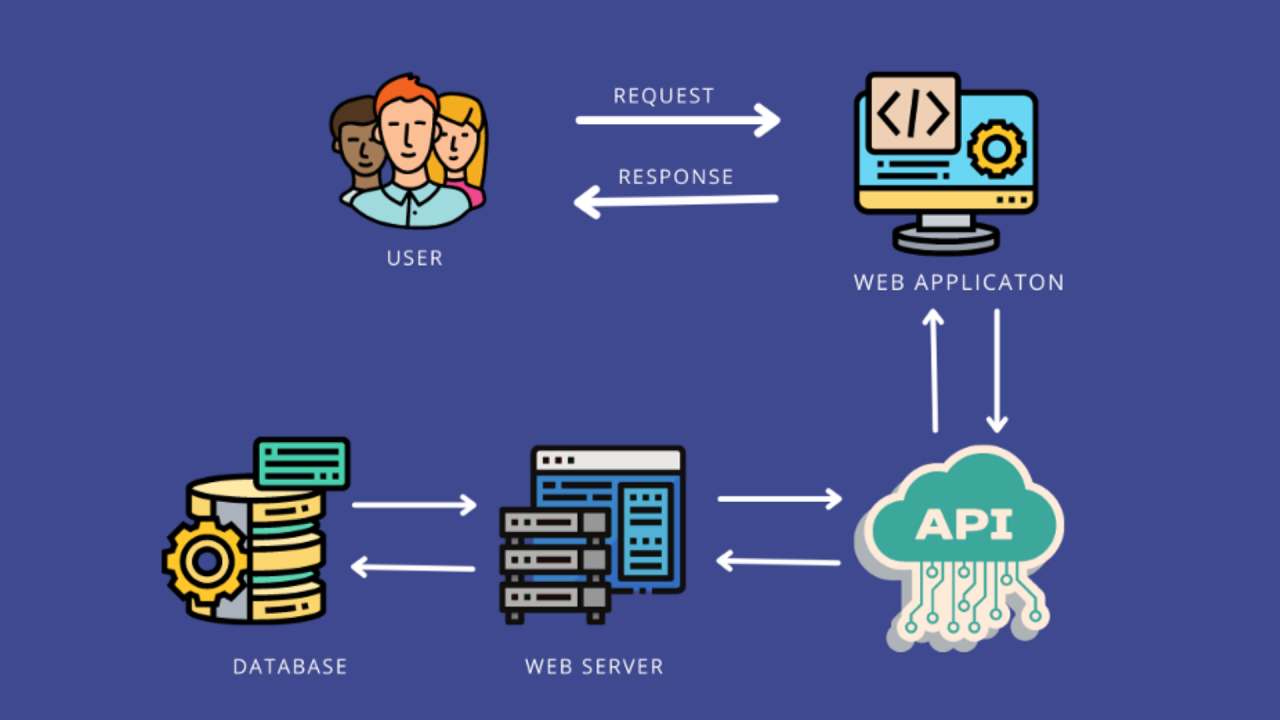
I'll respond in English this time!
The Python REST API (Representational State of Resource) is a type of web service that uses HTTP requests to access and modify data. The acronym "REST" stands for Representational State of Resource, which refers to the current state of the resources being accessed.
A Python REST API typically follows the architectural style of web services that rely on standard protocols like HTTP, JSON (JavaScript Object Notation), and XML (Extensible Markup Language). The main idea behind a RESTful API is to allow multiple interactions with a server in a flexible manner, without the need for a persistent connection or extensive setup procedures.
Here are some key characteristics of a Python REST API:
Stateless: Each request contains all necessary information; there's no assumption about past requests or future responses. Cacheable: Responses can be cached by clients, as each response is independent from previous interactions. Client-Server Architecture: The server (usually the API provider) hosts resources and data, while clients (users with APIs) request access to these resources using HTTP methods like GET, POST, PUT, and DELETE. Uniform Interface: A uniform interface ensures that all requests are made in a consistent manner. This includes standardizing resource representations, error handling, and caching mechanisms. Layered System: The system is designed with layers (e.g., network protocol, data transmission, server, and database) to simplify development and maintainability.The four main HTTP request methods used in RESTful APIs are:
GET: Retrieve information or a specific resource from the API server. POST: Create a new resource or modify an existing one. PUT: Update an existing resource with modified data. DELETE: Remove a resource from the server.In Python, popular libraries for building RESTful APIs include:
Flask: A lightweight web framework suitable for small projects and proof-of-concepts. Django Rest Framework: A comprehensive framework that provides a robust set of tools for building RESTful APIs in Django. FastAPI: A modern, fast (high-performance), web framework for building APIs with Python 3.7+.When designing a Python REST API, consider the following best practices:
Use meaningful URLs and resource names to make it easy to understand your API's structure. Implement proper error handling and response codes (e.g., HTTP 404: Not Found). Utilize JSON or XML for data serialization and deserialization. Document your API using tools like Swagger or OpenAPI Specification. Secure your API with authentication mechanisms, such as OAuth or JWT.By following these guidelines and using Python's versatility to create robust RESTful APIs, you can develop a powerful toolset for interacting with your data and services in the world of web development.

